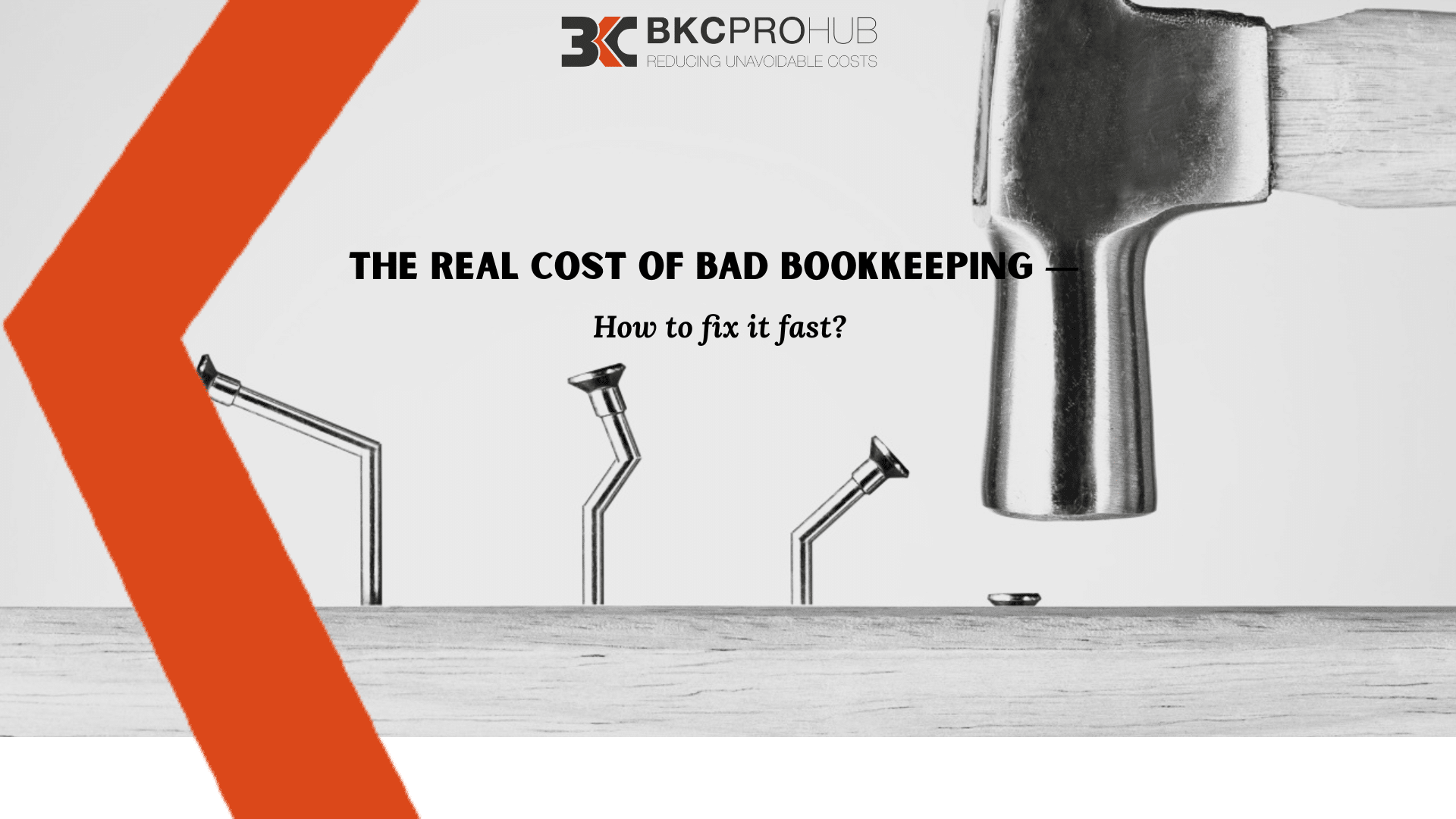Based on personal experiences and readings from some famous authors; this is a small effort to walk an extra mile towards Good client communication.
It’s not that I am perfect at it but just a stepping stone for all of us to step towards perfection.
Let’s walk the extra mile to understand what a CLIENT is…

- C – Concerned (each client is like our babies, we need to be concerned as they are the ones who pay us after all)
- L – Lenient (instead of being over strict and rigid, we need to be little lenient to clients)
- I – Importance level (we should understand each client’s importance to the organization and make the client feel the same level of importance)
- E– Effective (whatever communicated should bring effect – as intended, behind the communication)
- N – Noticeable (our efforts should be noticeable to the client)
- T – Transpicious (whatever we convey should be lucid, easily understandable and transparent)
- S – Spontaneous (in-call communications specifically, our answers are spontaneous enough, or else we may lose the game)
It’s not what we say, but how we say that makes a difference. With the correct tone and clear conveyance, we can make the clients understand our viewpoint without proving them wrong. We need to be friendly.
My experience while handling clients.
I have experienced that this always works. When we create a friendly relationship with clients, just a “How are you doing?” or “Are you all well?” makes a big difference. Clients like when you remember their personal schedules and occasionally ask them “How was your vacation?”, “Are you safe in the pandemic times?”, “How’s your business affected or all going good?”, “Was it a busy day or a busy week?” (If taking a few moments at their own (clients’) cost creates altogether impressive goodwill, don’t you think we have nothing to lose?) Using “please”, “kindly” and “thank you” are the evergreen sugar coats while dealing with clients. If it is a meet in person, even the non-verbal matter.
Suggestions!
Learn to say “No” the right way. We need to be facilitators to clients when they sometimes need the work in urgency. Clients are always that understanding that if we take care of their needs, they will not push us for non-urgent needs. We need to practice active listening and active reading. Try catching the intention of communication, read between the lines. We need to start speaking their language; this can bring a comfort zone for clients. We should not convey false affirmation until we are not convinced with what is required of us, because reaching out to the client with the same queries time and again may shatter their confidence in us. We should check the convenience of the mode of communication, time of communication with the client. The call meets should be scheduled with the formal invitation channel. Jumping in the call communication without pre-preparation is the worst blunder to be ever made. After the one-on-one communication in person or overcall, we should summarize, proofread and share the minutes; highlighting areas of action for both ends in order to avoid any missed out commitments.
At last, adding a little personal touch at the closure of communication will complete the meal like dessert in the end. My all the above views may not be correct or may not bring consensus to your thoughts, but you can take to the plate dishes that you like from all the served at the buffet. I am really obliged to all readers who took so much effort to read and reach till the end..!!
Something that our Organisation has Adopted:
“We believe in the power of recognition and empowerment leading to greater employee engagement. And employee engagement is critical to guest engagement. Employee empowerment and recognition are the core of our culture and how we achieve outstanding customer service.”
-CA Krupa Gandhi
Feel free to email us at support@bkcprohub.com to contact us, should you need any assistance in your annual compliance.
You can also follow us at https://www.linkedin.com/company/bkcprohub







